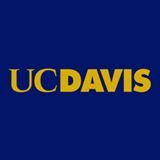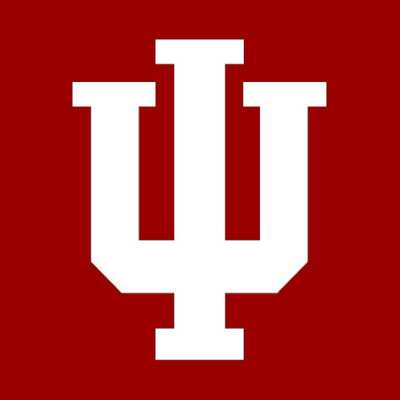Request Demo
Last update 08 Dec 2025
[18F]F-AraG
Last update 08 Dec 2025
Overview
Basic Info
Drug Type Small molecule drug, Diagnostic radiopharmaceuticals |
Synonyms 2'-deoxy-2'-[18F]fluoro-9-β-D-arabinofuranosylguanine, VisAcT, 18F F ARAG + [4] |
Target |
Action inhibitors, enhancers |
Mechanism DCK inhibitors(Deoxycytidine kinase inhibitors), DGUOK inhibitors(deoxyguanosine kinase inhibitors), PET imaging(Positron-emission tomography enhancers) |
Therapeutic Areas |
Active Indication |
Inactive Indication |
Originator Organization |
Active Organization |
Inactive Organization- |
License Organization- |
Drug Highest PhasePhase 2 |
First Approval Date- |
Regulation- |
Login to view timeline
Structure/Sequence
Molecular FormulaC10H12FN5O4 |
InChIKeyUXUZARPLRQRNNX-YXAALHNKSA-N |
CAS Registry1268848-88-9 |
R&D Status
10 top R&D records. to view more data
Login
| Indication | Highest Phase | Country/Location | Organization | Date |
|---|---|---|---|---|
| Advanced Malignant Solid Neoplasm | Phase 2 | United States | 01 Mar 2022 | |
| Advanced Malignant Solid Neoplasm | Phase 2 | United States | 01 Mar 2022 | |
| Advanced Lung Non-Small Cell Carcinoma | Phase 2 | United States | 15 Apr 2021 | |
| COVID-19 | Phase 2 | United States | 15 Apr 2021 | |
| HIV Infections | Phase 2 | United States | 21 Sep 2018 | |
| Non-small cell lung cancer stage IIIA | Phase 2 | - | 26 Nov 2017 | |
| Urothelial Carcinoma of the Urinary Bladder | Phase 2 | United States | 07 Mar 2017 | |
| Bladder Cancer | Phase 2 | United States | 07 Mar 2017 | |
| Non-Small Cell Lung Cancer | Phase 2 | - | - | |
| Locally Advanced Head and Neck Squamous Cell Carcinoma | Phase 1 | United States | 01 Oct 2025 |
Login to view more data
Clinical Result
Clinical Result
Indication
Phase
Evaluation
View All Results
Early Phase 1 | 5 | (Healthy Volunteers) | pozdpzrpxd(hfxwezdmcu) = hxmimjoqtm ojancckkvj (iwcdbviewi, 0.01) View more | - | 02 Jul 2025 | ||
(Non-Small Cell Lung Cancer Patients (NSCLC)) | vydkaxsywk(xlsazfntpa) = xhmgztutgc eometerhhc (acasuzryuv, 0.20) View more | ||||||
Phase 2 | 4 | Positron Emission Tomography+Fluorine F 18 Ara-G | bhvopyftie(hkhzkbkwyx) = jhmpzzxrjy jlzelhvkvm (ftfpgfuxtf, esdcfluedu - niebwnvitm) View more | - | 21 Jan 2020 |
Login to view more data
Translational Medicine
Boost your research with our translational medicine data.
login
or

Deal
Boost your decision using our deal data.
login
or

Core Patent
Boost your research with our Core Patent data.
login
or

Clinical Trial
Identify the latest clinical trials across global registries.
login
or

Approval
Accelerate your research with the latest regulatory approval information.
login
or

Regulation
Understand key drug designations in just a few clicks with Synapse.
login
or

AI Agents Built for Biopharma Breakthroughs
Accelerate discovery. Empower decisions. Transform outcomes.
Get started for free today!
Accelerate Strategic R&D decision making with Synapse, PatSnap’s AI-powered Connected Innovation Intelligence Platform Built for Life Sciences Professionals.
Start your data trial now!
Synapse data is also accessible to external entities via APIs or data packages. Empower better decisions with the latest in pharmaceutical intelligence.
Bio
Bio Sequences Search & Analysis
Sign up for free
Chemical
Chemical Structures Search & Analysis
Sign up for free



